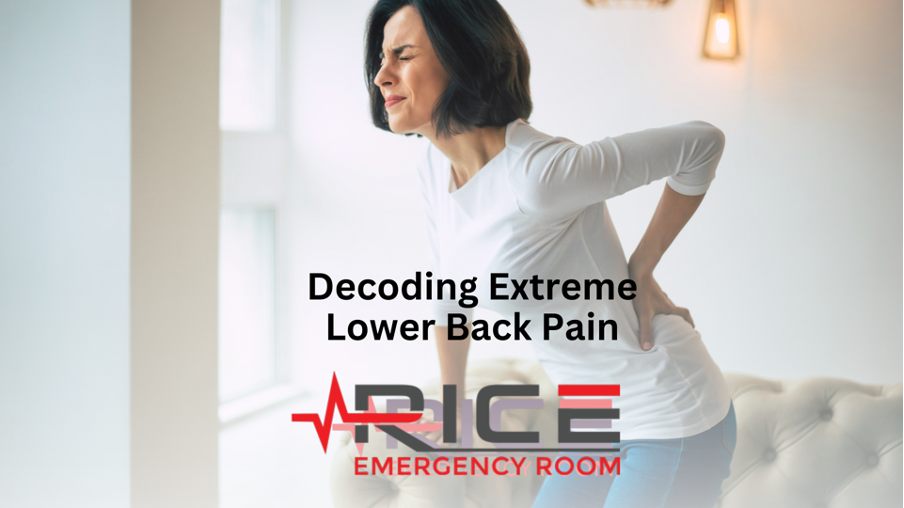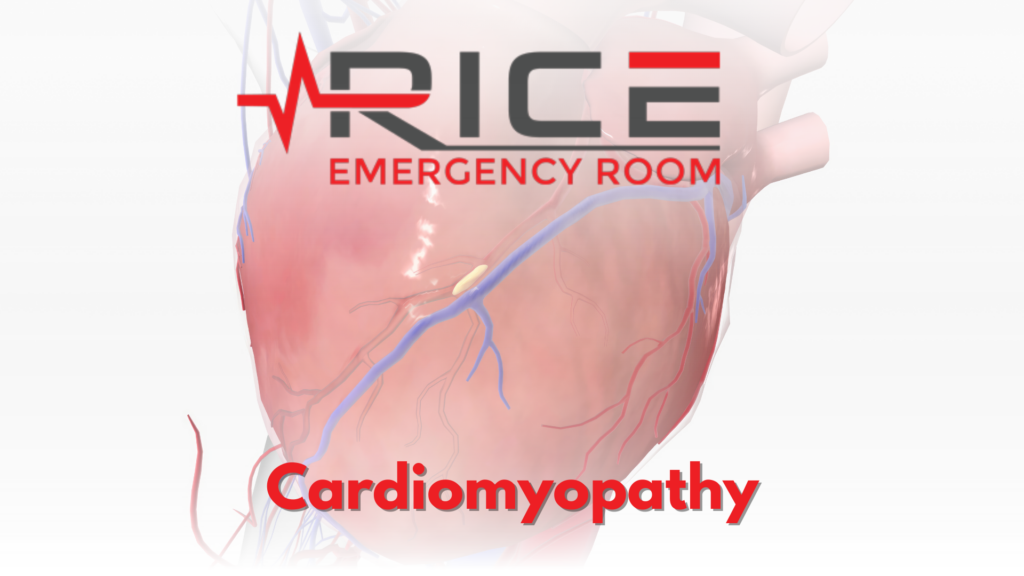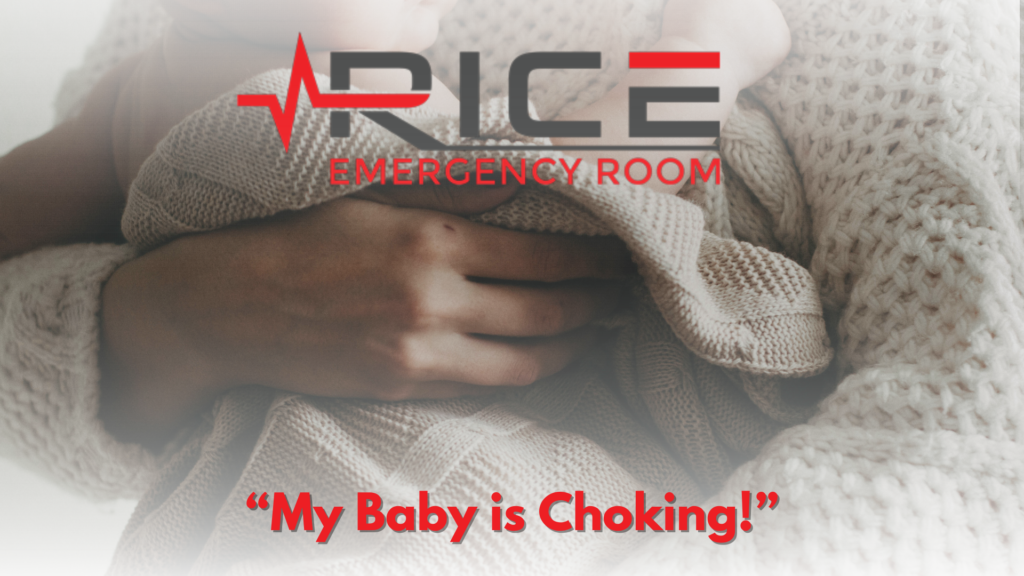Lower back pain is a common ailment that affects millions of people worldwide. While many cases of lower back pain are mild and transient, extreme lower back pain can significantly disrupt daily life and may indicate underlying health issues. Understanding the potential causes of extreme lower back pain is important for effective management and treatment. Let’s delve into the various factors that contribute to extreme lower back pain.
Understanding Extreme Lower Back Pain
Extreme lower back pain, characterized by intense discomfort and limited mobility, can stem from various sources. It often arises suddenly and may persist for an extended period, significantly impacting an individual’s quality of life. To decode the underlying causes of extreme lower back pain, it’s essential to consider both acute and chronic factors that contribute to this condition.
Acute Causes
Acute lower back pain refers to sudden and severe discomfort typically resulting from injury or trauma. Common acute causes of extreme lower back pain include muscle strains, ligament sprains, and herniated discs Sudden movements, lifting heavy objects improperly, or engaging in strenuous physical activities without a proper warm-up can trigger acute lower back pain. These activities can lead to micro-tears in the muscles or ligaments of the lower back, causing sharp and intense pain. (Medical News Today)
Herniated discs, also known as slipped discs or ruptured discs, can compress nearby nerves, leading to excruciating pain that radiates down the legs. This condition often occurs due to aging, degenerative changes in the spine, or sudden trauma. Symptoms of a herniated disc may include numbness, tingling, or weakness in addition to severe lower back pain. (Healthline)
Chronic Factors
While acute causes of extreme lower back pain are typically associated with sudden injuries, chronic factors can contribute to persistent and debilitating discomfort over time. Chronic lower back pain may result from underlying medical conditions such as osteoarthritis, spinal stenosis, or degenerative disc disease. These conditions involve gradual wear and tear of the spinal structures, leading to chronic inflammation, nerve compression, and persistent pain.
Osteoarthritis, a degenerative joint disease, affects the cartilage that cushions the joints, including those in the spine. As the cartilage deteriorates, bones may rub against each other, causing pain and stiffness in the lower back. Similarly, spinal stenosis, a narrowing of the spinal canal, can put pressure on the spinal cord and nerves, resulting in severe lower back pain, especially during activities that involve bending or standing for prolonged periods.
Degenerative disc disease, another common chronic condition, occurs when the intervertebral discs in the spine lose their elasticity and cushioning ability over time. This can lead to disc herniation, nerve compression, and chronic lower back pain. Factors such as age, genetics, and lifestyle choices (e.g., smoking, obesity) can increase the risk of developing degenerative disc disease.
(WebMD)
Treatment and Management
Effectively managing extreme lower back pain requires a comprehensive approach tailored to the underlying causes and individual needs of the patient. Acute lower back pain often responds well to conservative treatments such as rest, ice or heat therapy, over-the-counter pain medications, and gentle exercises or stretching routines. However, if the pain persists or worsens, a medical evaluation may be necessary to rule out serious underlying conditions and determine appropriate treatment options.
For chronic lower back pain, treatment strategies may include physical therapy, chiropractic care, acupuncture, or prescription medications to alleviate pain and improve mobility. In some cases, minimally invasive procedures such as epidural steroid injections or surgical interventions may be recommended to address structural abnormalities or nerve compression.
Lifestyle modifications such as maintaining a healthy weight, practicing good posture, and engaging in regular exercise can help prevent and manage lower back pain in the long term. Healthcare practitioners emphasize the importance of adopting ergonomic workstations, using proper lifting techniques, and avoiding prolonged sitting or standing to reduce strain on the lower back and minimize the risk of injury.
(Healthline)
When to Go to the ER
Extreme lower back pain can have a profound impact on daily functioning and overall well-being. By understanding the diverse causes of this condition, individuals can take proactive steps to prevent injury, manage symptoms effectively, and improve their quality of life. Whether stemming from acute injuries or chronic degenerative conditions, seeking prompt medical attention as a result of accident or injury and adopting a multidisciplinary approach to treatment can facilitate recovery and long-term relief from extreme lower back pain.
Works Cited
WebMD. “Low Back Pain Overview.” WebMD, www.webmd.com/back-pain/ss/slideshow-low-back-pain-overview.
Medical News Today. “What to Know About Lower Back Pain.” Medical News Today, MediLexicon International, 12 Oct. 2022, www.medicalnewstoday.com/articles/327131.
Healthline. “Acute Low Back Pain.” Healthline, www.healthline.com/health/low-back-pain-acute.




